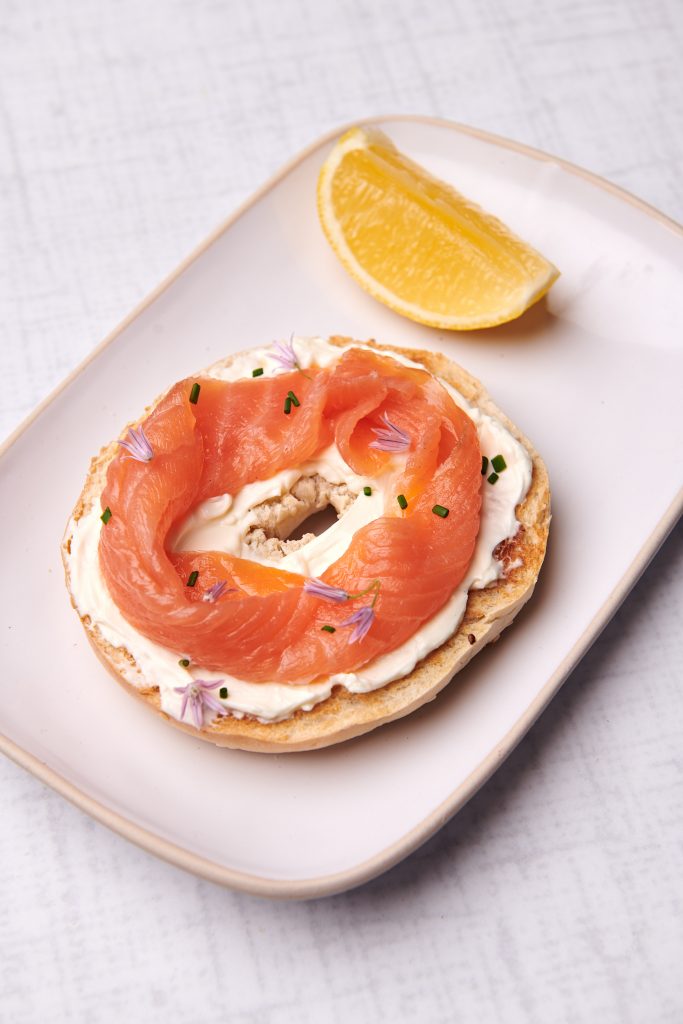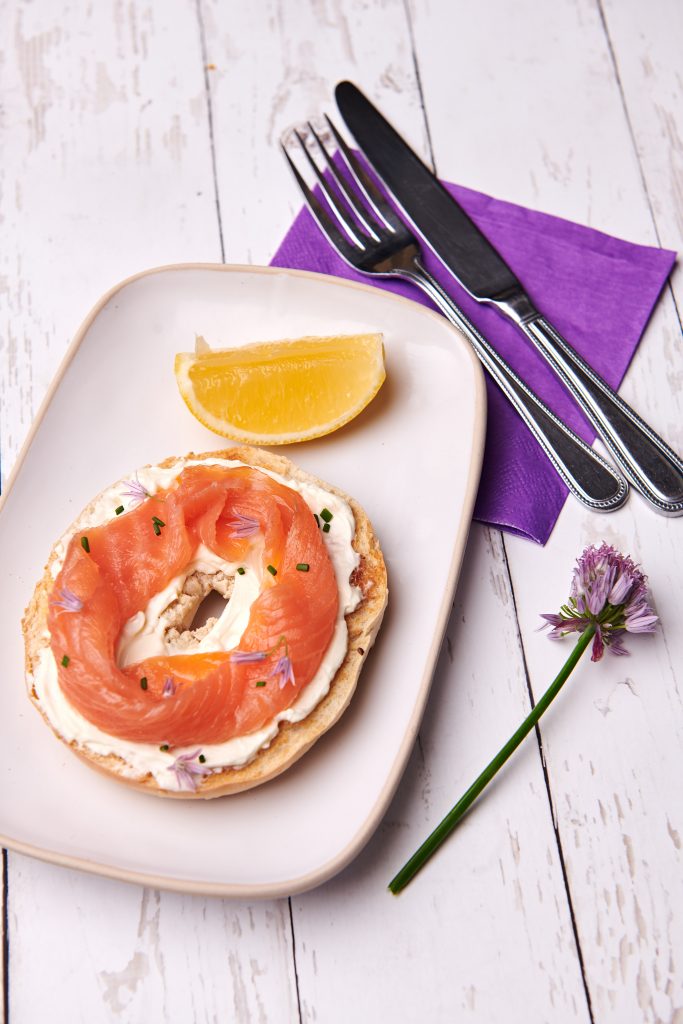How many images will a day shoot provide?
One of the most common questions we are asked by clients when we are planning food photography sessions is “How many images can you do in a day?”
The short answer is, it depends. Typically, a food shoot will deliver between six and ten images in a day, depending on the complexity and quality of the images. However, for very simple images, you might even achieve anything up to twenty images in a day. Most of the time we are involved in food shoots that deliver seven or eight high quality image sets in a day. So, how do you make sure you get the most from your food photography day?
The Brief
When considering how many images you can shoot in a day, one of the key success factors is the quality of the brief. A good brief will allow everyone involved to agree what’s needed, and plan properly for a successful shoot. So, how do we develop a good brief?
The first thing to consider is how will you use the images? For instance, you may have had a request to photograph a product for a brochure. However, could you use that image elsewhere? What do you need the images for? Examples:
- Website.
- Pages
- Blogs
- E-books
- Social media:
- Facebook.
- Instagram.
- Linked In
- Twitter.
- Others
- Printed:
- Product or pack shots.
- Point of sale material.
- Recipe cards.
- Wall art for office space.
- Recipe book.
- Magazine.
- Advertisements.
This will help the photographer to format and size the images on the day. Re-using images across different platforms will reduce your overall image cost.
Image Composition
Consider how you want the images to look. Your photographer will be able to help and make suggestions about how the images are composed if you know what you want to achieve. Consider:
- Do you have brand guidelines, with which the images need to conform?
- Is this a standalone set of images or will it be part of existing family?
- What mood or style of image do you want?
- Do you have text that needs to be added around the image?
- Do you want natural images or will there be a lot of post-production image manipulation needed?
- Do you want wide shots so you can later crop them to create the image you need?
- What kind of props or other background material would enhance the image?
- Do you want space left for logos?
- Do you need the product in shot, or perhaps shots with and without the product?
As an example of how some of these questions affect the finished image, here is the same bagel, photographed three ways:



Other factors to consider
Props: Your photographer will have or be able to get appropriate props, and should be able to advise on how props will help with image composition. You might need to think about a budget for props if you want specific items.
Food preparation: If the shoot is more than a simple product image, how complex are the recipes? If there is lots of baking or complete recipes to be captured, plan extra time to prepare the food before the shoot so you get the most from your shoot day.
Location: Make sure that your shoot location is accessible and suitably equipped considering the equipment needed for a food photography shoot, and consider Covid-19 restrictions.
Summary
- Plan what you want so that you make the best use of your day. Get this agreed with all the stakeholders within your organisation.
- Think about where you’re going to use the images. Doing this now will be more cost effective and will provide consistency. Storyboards work well, with images you like to reflect the style you are looking for.
- If you don’t know where to start, seek help. For instance, if you book a call with us, we’d be happy to work through the points with you to plan for the shoot.
- Attend the shoot. Not only will you get more from the day if you are there to advise on details, but it’s also great fun!
- Have confidence in your recipes. Make sure they are tested before the shoot, or if need be get help from someone like us.
Credits
Our thanks go to James Kennedy of James Kennedy Photography for the images above and for his expert advice with this page.
